Maximize the efficiency of your patch antenna with simulation
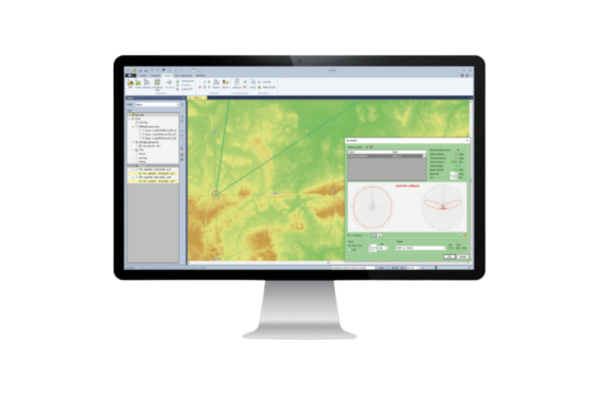
In this non-optimized configuration, a calculation is performed using a solver based on the method of moments to determine the reflection coefficient.
The antenna designed to operate around 2.4 GHz has a reflection coefficient of around -9dB, which is not optimal.
To improve the antenna’s matching performance, a matching circuit is added, consisting of a schematic including a 1.4 pF capacitor in parallel.
1 - First simulation
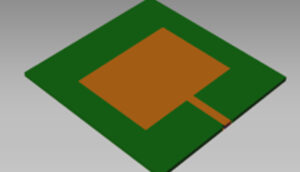
2 - Mesh size
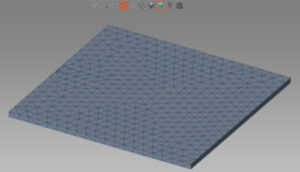
3 - Power supply

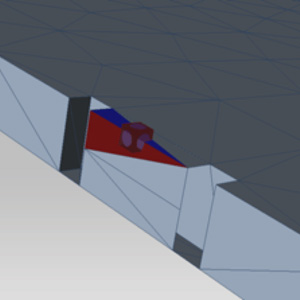
4 - Calculating the reflection coefficient
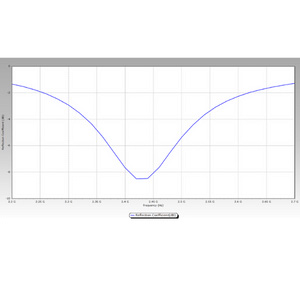
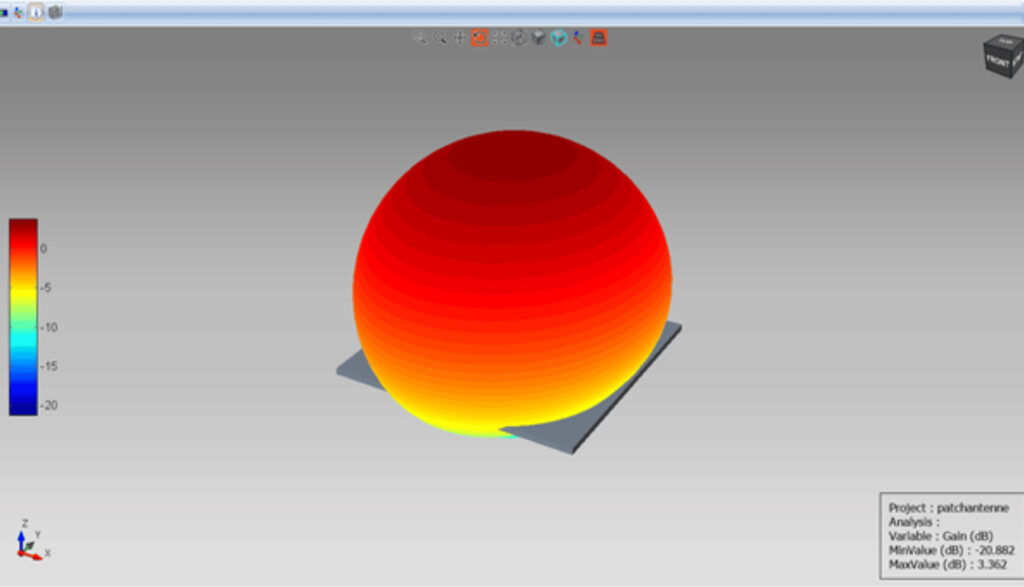
The antenna designed to operate around 2.4 GHz has a reflection coefficient of around -9dB, which is not optimal.
To improve the antenna’s matching performance, a matching circuit is added, consisting of a schematic including a 1.4 pF capacitor in parallel.
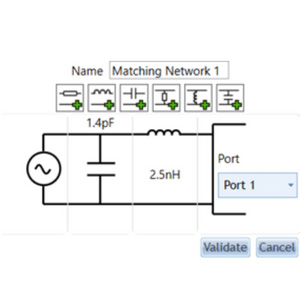
Capitole’s “ad matching networks” function is used to achieve this improvement.
Once the calculation has been run again with this new configuration, the result shows a curve with a much lower reflection coefficient level in the antenna’s operating band.
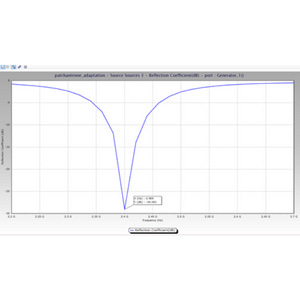
At 2.4 GHz, the reflection coefficient is now close to -30 dB, confirming the antenna’s much better adaptation.
Conclusion
Optimizing patch antenna matching through simulation is an essential process for ensuring efficient signal transmission.
With our simulation software, you can explore a wide range of configurations and parameters to improve your antenna’s performance.
Using CAPITOLE RF will enable you to create high-performance patch antennas capable of meeting the most demanding communication requirements.